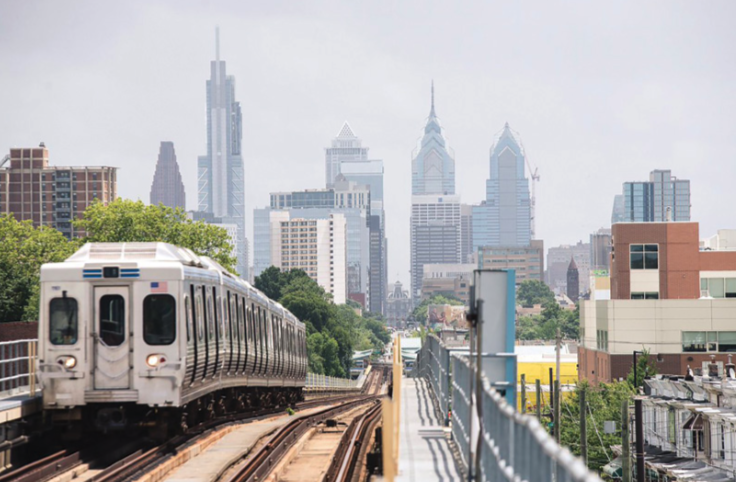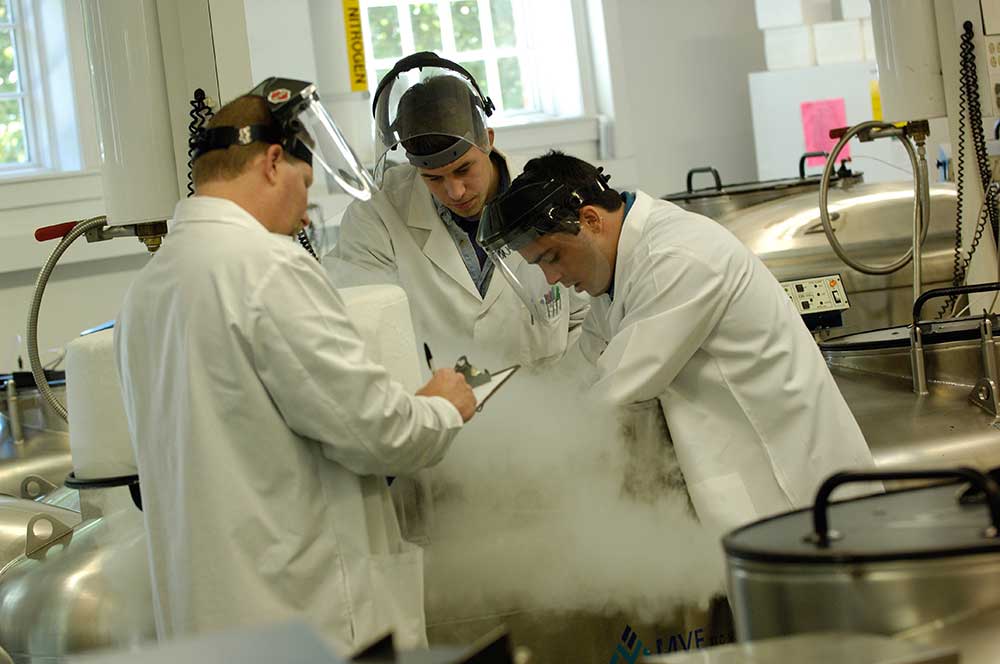
Gloucester County Emerges as the Jewel in South Jersey’s Crown
By: Sara Warden

2 min read January 2020 — In a roundtable published in Forbes this week, the magazine’s Real Estate Council made a definitive ranking of the 14 Up-and-Coming Real Estate Locations to Watch. Coming in at No. 13 was none other than South Jersey’s very own Gloucester County. “For the most inspired growing area, look to Gloucester County in South Jersey!” said panelist Nancy Kowalik, owner of Nancy Kowalik Real Estate Group.
But why is this county gentrifying so quickly? According to Kowalik, it’s because Gloucester County has everything. “Located close to the city and the shore, we have green spaces, room to breathe, wineries, a quaint Downtown and bike paths,” she said. “It’s all here, and that’s why world-class Rowan University is growing. A new 1,000-bed, state-of-the-art hospital is opening, too.”
The hospital to which she is referring is the Inspira Medical Center Mullica Hill, 465,000-square-foot development over 100 acres with 210 private rooms, a maternity center and 62-room emergency department. The project, the county’s first new hospital in almost 45 years, was built with raised funds of $23 million, a campaign that took just seven months to reach its target.
“This is a tremendous day for South Jersey, Gloucester County and our health system,” John DiAngelo, Inspira Health’s CEO and president, said at the hospital’s ribbon-cutting ceremony in December. “With this new hospital, our commitment to providing exceptional care for our community, in our community, reaches a new level. We are excited to bring the latest in healthcare to the people of Gloucester County and surrounding communities.”
As far as the university expansion, one of the main developments has been the $400 million, 26-acre Rowan Boulevard project.
As well as the healthcare sector and academia, Gloucester County is also proving to be attractive for the private sector, and has become somewhat of a home to craft breweries. The most recent addition is Core3Brewery, a new player that joins the ranks of Human Village Brewing Co. in Pitman, Eight & Sand Beer Co. in Woodbury, Cross Keys Brewing Co. in Williamstown and Death of the Fox Brewing Company in Clarksboro.
“We were really drawn to the way they are building up the area around the college and definitely see the positive direction the area is moving in,” Krystle Lockman, owner of Axe and Arrow Microrewery, told South Jersey Business Journal. “It’s great to be on the ground floor of this redevelopment project in an area we have so many ties to.”
And Core3’s owner, Lawrence Price, told South Jersey Business Journal that the ease of doing business in the county will only contribute to its continued growth. “[The borough] has been so supportive and helpful and business friendly. Everything they could do to help us, they did,” he said. “Mayor Tom Bianco has always been upfront with us and in the mix of things, stopping by at least once or twice a week to see how things are going and if there is anything he can do.”
To learn more, visit:
http://www.inspirahealthnetwork.org/mullicahill
https://axeandarrowbrewing.com/
















